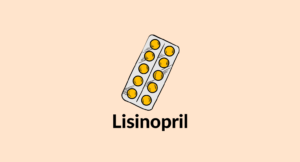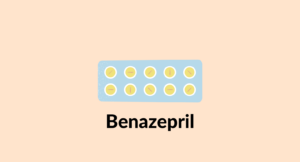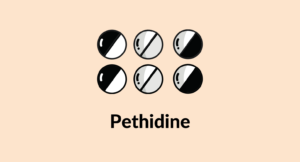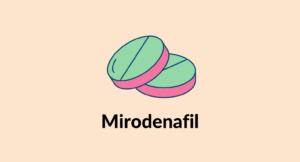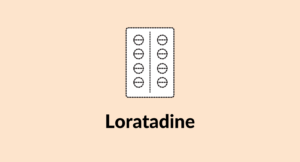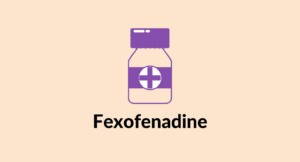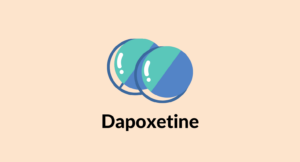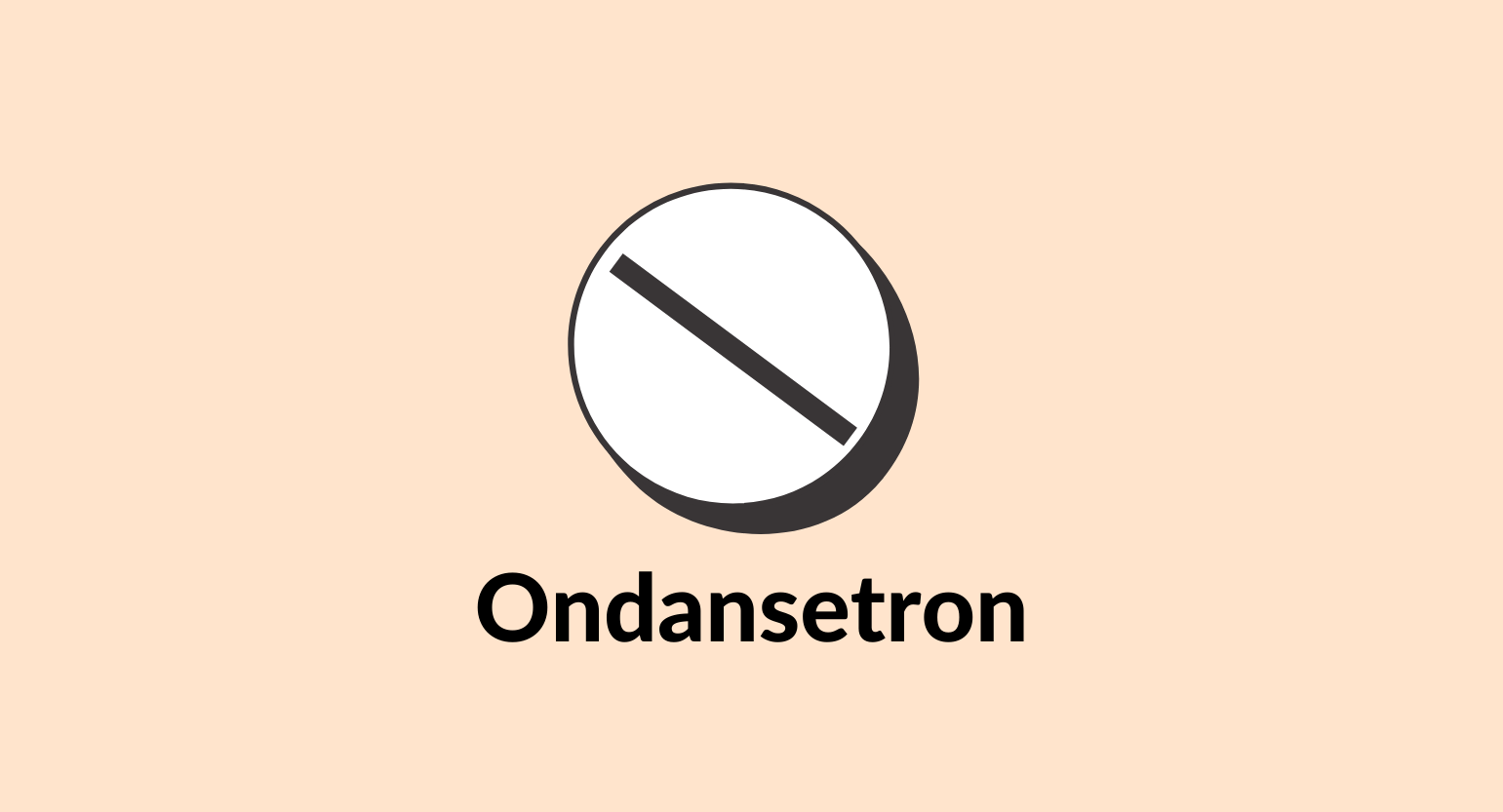
Does CBD Interact With Ondansetron (Zofran)?
Information on risks & possible interactions between CBD & ondansetron.
CBD and ondansetron (Zofran) have a lot in common. Both compounds are antiemetics — but they work through entirely different mechanisms.
Some people combine the two for even stronger nausea relief, but is this combination safe? What are the risks of taking ondansetron (Zofran) with CBD?
Here, you’ll learn all about the potential health risks of using CBD with Zofran or generic forms of ondansetron. We’ll also explore whether or not CBD is a viable alternative to this prescription medication.
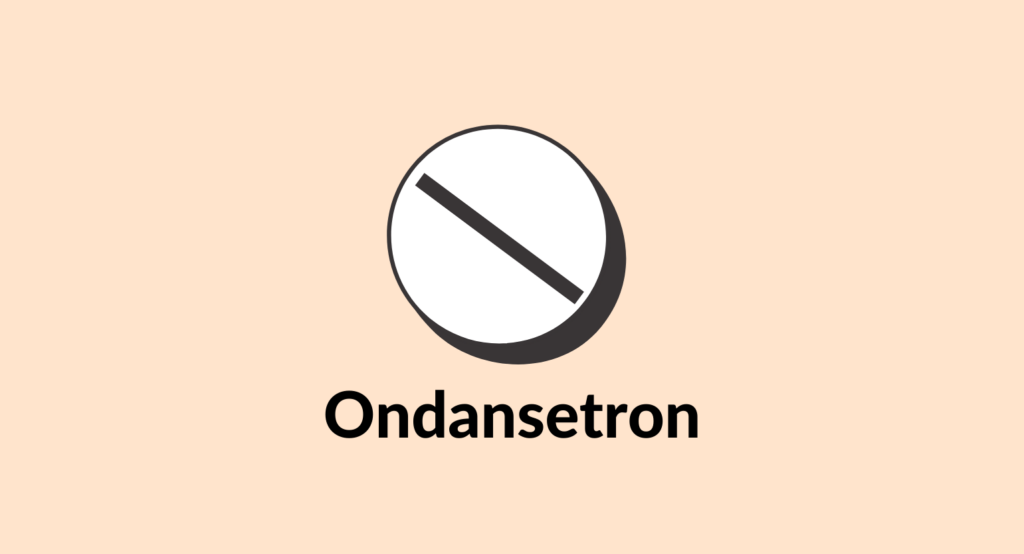
Does CBD Interact With Ondansetron (Zofran)?
The potential for negative interactions with ondansetron and CBD is minimal. Both compounds have similar effects on nausea — but aside from that have virtually nothing else in common.
The three main ways compounds can interact include agonistic interaction (increased effects), antagonistic interaction (decreased effects), and metabolic competition.
The main potential for interactions here involves metabolic inhibition. CBD and ondansetron (Zofran) may compete for metabolism in the liver, leading to a slower elimination from the body. However, this is unlikely to cause any major side effects.
1. Slowed Elimination (Metabolic Competition)
Almost all drugs undergo the process of metabolism inside the human body. A family of liver enzymes called cytochrome P450 is responsible for metabolizing most drugs, making their excretion easier. Certain substances that appear to induce or inhibit these enzymes result in altered concentrations of drugs if taken together.
Ondansetron (Zofran) does not itself appear to induce or inhibit the liver’s cytochrome P450 drug-metabolizing enzyme system. Because ondansetron is metabolized by hepatic cytochrome P450 drug-metabolizing enzymes (CYP3A4, CYP2D6, CYP1A2), inducers or inhibitors of these enzymes may change the clearance and, hence, the half-life of ondansetron.
CBD is a potent inhibitor of cytochrome P450. Hence, it may cause delayed excretion and increased concentration of ondansetron, potentially resulting in various unwanted adverse effects.
Additionally, as the CYP3A4 enzyme also metabolizes CBD, it may compete with ondansetron for enzymatic metabolism. This causes both of the drugs to build up in the body, further increasing the side effects.
Metabolic inhibition is the most common way CBD interacts with other medications.
2. Increased Effect (Agonistic Interaction)
An agonistic interaction occurs when two drugs produce similar effects for a targeted illness and end up enhancing each other’s actions to make a more pronounced final effect.
CBD works the same way as ondansetron (Zofran) by blocking serotonin binding at receptor sites. Studies show a low dose of ondansetron therapy combined with CBD produces enhanced antiemetic effects.
CBD may make ondansetron more effective as an antiemetic but is unlikely to cause harmful side effects.
Other Names for Ondansetron
Ondansetron is sold under many different names. All share the same risk and potential interactions.
Other names for ondansetron include:
- Zofran
- Zuplenz
- Ondisolv

Similar Medications: CBD & 5-HT3 Antagonists (Setrons)
Ondansetron (Zofran) is classified as a 5-HT3 antagonist antiemetic (called “setrons”). CBD and 5-HT3 antagonists all share similar risks for interaction and side effects. There are other antiemetic medications as well that could interact with CBD through the same, or different mechanisms.
Here’s a list of similar medications that share a similar level of risk when combined with CBD:
- Tropisetron
- Granisetron
- Dolasetron
- Palonosetron
- Ramosetron
Is It Safe to Take CBD & Ondansetron (Zofran) Together?
CBD and ondansetron (Zofran) are unlikely to cause any severe negative interactions, but it’s not impossible. Underlying health conditions, other medications, and individual genetics can affect how different compounds interact in the body.
If you’ve received a prescription for ondansetron and want to use CBD, it’s wise to speak with your doctor about it first. They’ll look at your situation to determine your level of risk for mixing CBD with your medications.
Is CBD a Viable Alternative to Ondansetron (Zofran)?
CBD has few side effects and is hailed as a natural, safe, and effective way to treat nausea and vomiting, irrespective of the causes.
CBD may provide relief from the symptoms of both symptomatic and anticipatory nausea [1]. CBD can reduce nausea by impacting the 5HT1A, or serotonin, receptors in the brain, which are supposed to cause nausea and vomiting [2].
CBD and ondansetron (Zofran) haven’t been studied side by side, but CBD could offer a safer and more natural alternative to ondansetron for managing nausea.
One should never stop ondansetron abruptly without the close monitoring of the treating physician as it can result in various untoward effects that range from headache, dizziness, continued nausea/vomiting to something as serious as serotonin syndrome.
What Is Ondansetron (Zofran)?
Zofran is the brand name for ondansetron. It’s a medicine of the class “antiemetics and selective 5-HT3 antagonists.” It’s one of the most commonly prescribed medications for the treatment of nausea and vomiting due to cancer chemotherapy, radiation therapy, surgery, and motion sickness.
Ondansetron works in the body by selectively blocking the neurotransmitter serotonin from binding to its 5-HT3 receptors. It acts both centrally and peripherally to prevent and treat nausea and vomiting.
Central effects are mediated by the antagonism of 5HT-3 serotonin receptors in the “chemoreceptor trigger zone” of our central nervous system. This zone senses neurotransmitters like serotonin, toxins, and other signals and plays a role in mediating the sensation of nausea and vomiting.
Peripherally, ondansetron acts on the 5-HT3 serotonin receptors at the vagus nerve terminals. Within the GI tract, the vagus nerve can sense nausea and vomiting triggers, such as stomach irritants, and it acts on regions of the brainstem that are important in vomiting. The peripheral actions of ondansetron might be the predominant mechanism for its antiemetic effects.

Ondansetron (Zofran) Specs:
| Drug Name | Ondansetron |
| Trade Name | Zofran, Zuplenz, Ondisolv |
| Classification | Antiemetics, Selective 5-HT3 Antagonists |
| CYP Metabolism | Liver via CYP3A4, CYP2D6, CYP1A2 |
| Interaction with CBD | Metabolic inhibition |
| Risk of Interaction | Mild-Moderate |
What Are the Side Effects of Ondansetron (Zofran)?
Ondansetron (Zofran) is on the World Health Organization’s list of essential medicines. It is well-tolerated among its users, and side effects associated with its use are generally short-lived and self-resolving.
Some of the common side effects are:
- Angina
- Anxiety/ Agitation
- Blurred vision/ Temporary loss of vision
- Constipation
- Diarrhea
- Dizziness
- Drowsiness
- Extrapyramidal symptoms
- Grand mal seizures
- Gynecological disorders
- Headache
- Hypokalemia
- Lightheadedness
- Liver failure
- Muscle spasms/stiffness
- Pruritus
- Rash
- Tachycardia
- Tiredness/Malaise/Fatigue
- Transaminitis
- Urinary retention
Some rare but severe adverse effects of ondansetron are:
- QT prolongation: Ondansetron may cause serious cardiac arrhythmias such as QT prolongation. A change in the heart rate, lightheadedness, or a syncopal episode might occur.
- Hypersensitivity: Ondansetron may give rise to hypersensitivity reactions, some as severe as anaphylaxis and bronchospasm. Fever, chills, rash, or breathing problems may occur.
- Masking of progressive ileus and gastric distention: It may mask signs and symptoms of bowel obstruction in patients who have undergone abdominal surgery or those with chemotherapy-induced nausea and vomiting. Such patients should be monitored closely for signs or symptoms consistent with a potential bowel obstruction.
- Serotonin syndrome: Large doses or when used along with other serotonergic medications, can result in a serious condition called serotonin syndrome. Symptoms associated with this condition include shivering, diarrhea, fever, muscle rigidity, and seizures.
Although severe adverse effects after taking ondansetron are extremely rare, these can be potentially life-threatening if not managed on time.
Precautions While Taking Ondansetron (Zofran)
The following issues need to be discussed with the treating physician while consuming ondansetron (Zofran) for your health condition:
Hypersensitivity
Patients with any known hypersensitivity to ondansetron or any components should avoid this medicine at any cost.
Concomitant Use With Apomorphine
Patients who are currently taking apomorphine should discuss this with their doctors before taking ondansetron. Concomitant use of ondansetron and apomorphine can lead to profound hypotension and loss of consciousness, with ondansetron enhancing apomorphine’s hypotensive effects.
Patients With Phenylketonuria (PKU)
Patients should exercise extreme caution, as the dissolving tablet formulation can contain phenylalanine.
Pregnancy
Ondansetron is a pregnancy category B medicine. It should only be used when other medications (such as diphenhydramine, metoclopramide, etc.) cannot bring symptomatic relief in the treatment of pregnancy-associated nausea and vomiting, and hyperemesis gravidarum.

Key Takeaways: Is It Safe to Take Ondansetron With CBD?
CBD and ondansetron (Zofran) are effective in treating nausea and vomiting due to varied etiologies. Ondansetron is stronger but comes with a host of side effects and risks.
CBD is a non-psychoactive extract from Cannabis sativa with a wide range of antiemetic benefits. This substance is common for treating nausea because of the general lack of side effects or adverse effects.
The risk of taking CBD and ondansetron together is low — but not zero. There’s always the possibility of adverse reactions from this combination.
If you have a prescription for ondansetron (Zofran), it’s wise to speak to your prescribing doctor before taking CBD alongside it.
You can further minimize your chances of adverse reactions by taking CBD and ondansetron at least two hours apart from each other.
References
- Duran, M., Pérez, E., Abanades, S., Vidal, X., Saura, C., Majem, M., Arriola, E., Rabanal, M., Pastor, A., Farré, M., Rams, N., Laporte, J. R., & Capellà, D. (2010). Preliminary efficacy and safety of an oromucosal standardized cannabis extract in chemotherapy-induced nausea and vomiting. British journal of clinical pharmacology, 70(5), 656–663.
- Rock, E. M., Bolognini, D., Limebeer, C. L., Cascio, M. G., Anavi-Goffer, S., Fletcher, P. J., Mechoulam, R., Pertwee, R. G., & Parker, L. A. (2012). Cannabidiol, a non-psychotropic component of cannabis, attenuates vomiting and nausea-like behaviour via indirect agonism of 5-HT(1A) somatodendritic autoreceptors in the dorsal raphe nucleus. British journal of pharmacology, 165(8), 2620–2634.
Signup to our newsletter
Be the first to know about our newest arrivals and special offers!

